The other day, I had lunch with the grandest person I know. Forget 1066: Adrian Ziani de Ferranti can trace his Venetian ancestors to the time when St Theodore was the city’s patron saint and St Mark’s corpse still reposed in Alexandria. Ziani Doges were buried under the crypt of San Zaccaria centuries before Bellini painted that church’s sublime altarpiece. John Julius Norwich believes that it is the finest painting in Venice. Were I entitled to an opinion, it might go in favour of the Titian Assumption in the Frari, but we are talking about works which transcend mere admiration: works of mastery, glory and joy.
Anyway, the Zianis were part of the fabric of la Serenissima. Their Ferranti descendants have transplanted well to the UK, heavily involved in electronics and politics. Adrian has been chairman of the Royal Institution and a Tory party treasurer. That was during IDS’s leadership: not the easiest time to raise money. Most important of all, he is an MFH. Slightly less important, he is a restaurateur.
Just behind Sloane Square, Como Lario is more than a restaurant. It is a landmark, but one that has taken various forms. When I first came across it in the late 1970s, it served Italian food which would have delighted — those who had never been to Italy. Waiters poncing around with four-foot long pepper pots and almost singing ‘O Sole Mio’, ‘Chianti’ from wickerwork cradles, food barely more sophisticated than dolloped platefuls of spag bol scoffed at the stripped pine kitchen tables of youngsters just down from university: it was fun, in its way.
A few years later, there was less fun. I ate at Como Lario a couple of times with Peter Morrison, always a sad figure who eventually became a tragic one: the PPS whose sozzled incompetence lost Mrs Thatcher the leadership election. I had given him lunch at the old Mijanou restaurant and been surprised by his complete lack of interest in its food and wine, both of which were more than vaut le detour. At Como Lario, I realised that to him, the food was mere blotting-paper. Although he knew that it was not done to drink spirits during the meal, the wine was only an intermission between the gin and the Scotch. Bottle of white infuriator, bottle of red infuriator, and then, with relief, back to a proper drink. Poor fellow.
Others used Como Lario for enjoyment. By the time that the children of the 1970s diners were themselves booking tables, the restaurant had improved, a trend which has continued under Adrian’s stewardship. Like a number of serious London establishments, it has become a sort of club. The food is classically Italian, in that it makes good ingredients sing.
The wine list is excellent and thoughtful, drawing on Italian wine-makers’ many successes in recent decades. This is a matter of pride to Francesco Mattioli, the sommelier, who is delighted to offer guidance on the increasing number of good bottles produced all over Italy. Reading through it, a point occurred to me. I was not only scrutinising a wine list. I was examining an important piece of documentary evidence about the greatest mystery of the current era: the Italian economy. Presumably the Italian treasury does produce its equivalent of budget statements and red books, which are promptly filed under fiction and fantasy. But wine lists tell one what is actually happening.
In recent years, according to the figures, Italy has stagnated. But in much of the country, Italians are enjoying themselves; their prosperity is palpable. A generation ago, most Italian wine was rough and ready. The reds were usually invigorating and would have been fine for Peter Morrison. But a lot of today’s reds would, alas, have been wasted on Peter. They, and the whites, are testimony to strong and discriminating domestic demand. Some economist ought to devise a vinous index. Its wine-based algorithms would be a far more reliable guide to the true levels of economic activity than anything from the government. We would learn that although the banks were all bust, the balance sheets farcical and the politicians fraudulent, the cellar indices were extremely healthy.
Moving from Italian politics to serious matters, we started lunch with a Pomino from Frescobaldi, which I have mentioned before. This latest encounter confirmed my view that it is an excellent aperitif. There followed a Bruciato ’14 from Bolgheri. Drinkable now, so it will remain for many years. It lingered on the palate. Such lingering always invites a further challenge. It was time for grappa.
When I travelled around Italy as a youth, you could buy a plastic litre bottle of grappa for one of those really scruffy 500 lire notes. In retrospect, that sounds a pretty good deal but the grappa was primitive. If some of that era’s reds could be used to revive a frozen peasant, the grappa could perform the same function for a motor engine.
Since those days, grappa has evolved: further evidence of economic strength from the alcohol-based indicators. But in drinking terms this is not a wholly healthy development. Grappa ought to have a spine of astringency, a hint of Cato the Elder. Yet many of these new grappas were soft and perfumed: the sort of indulgence that Cato would have denounced. Not that we should be over-influenced by Cato, who was somewhat primitive. There is nothing wrong with luxurious decadence, as long as it works on the palate.
A lot of the expensively produced and chi-chi-bottled grappas fail that test. If the local reds of yesteryear could have been used as a heart-starter and the 500 lire grappa as antifreeze, these over-refined grappas could have substituted for aftershave.
That was emphatically not true of Francesco’s recommendations. We tried a Nardino and an Amarone. They both did the business, pulling together the taste buds after the challenges offered by the wines. These were digestifs to savour, combining sweetness and austerity, asperity and complexity. In all the rush for super-Tuscans and other innovations, it is surprising that the Italians have done nothing to produce a decent brandy. But Como Lario’s grappas are the next best thing.
Modern Italy has many afflictions. Much of Umbria is at the mercy of Vulcan’s smithy: earthquakes. In the south, there are criminals: the mafia. In Rome, there are other criminals: the government. Yet the country survives. We should salute that miracle, and if you are too busy to enjoy it on the spot, Como Lario is a fine substitute.
Got something to add? Join the discussion and comment below.
Get 10 issues for just $10
Subscribe to The Spectator Australia today for the next 10 magazine issues, plus full online access, for just $10.


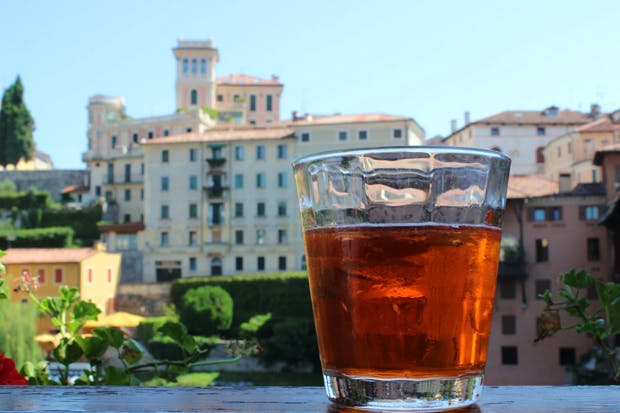
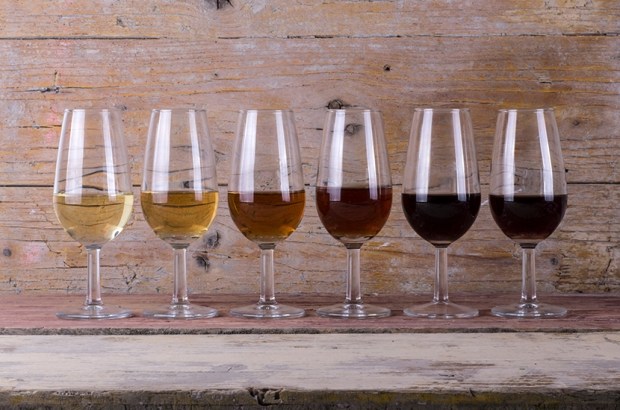
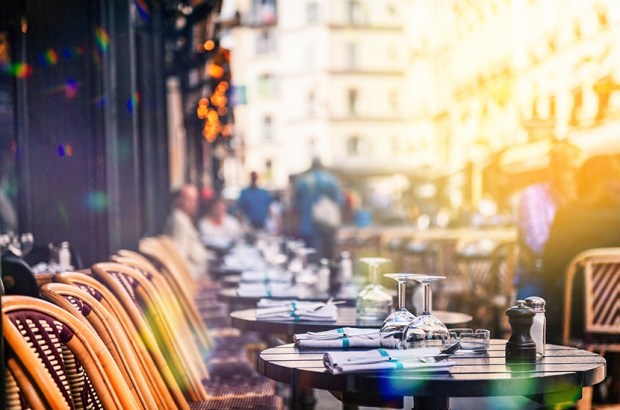
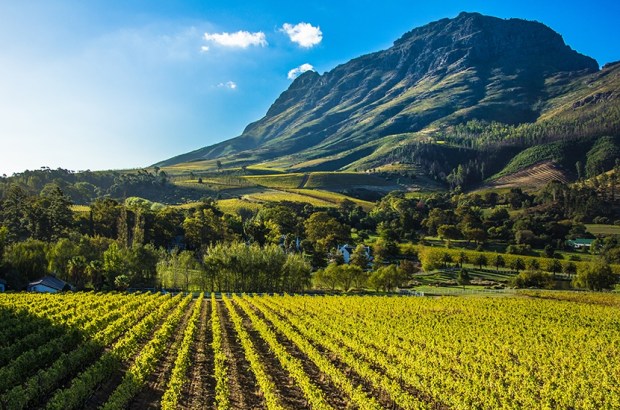

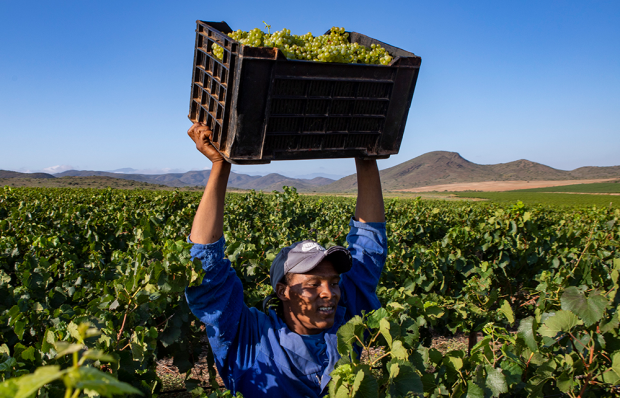







Comments
Don't miss out
Join the conversation with other Spectator Australia readers. Subscribe to leave a comment.
SUBSCRIBEAlready a subscriber? Log in